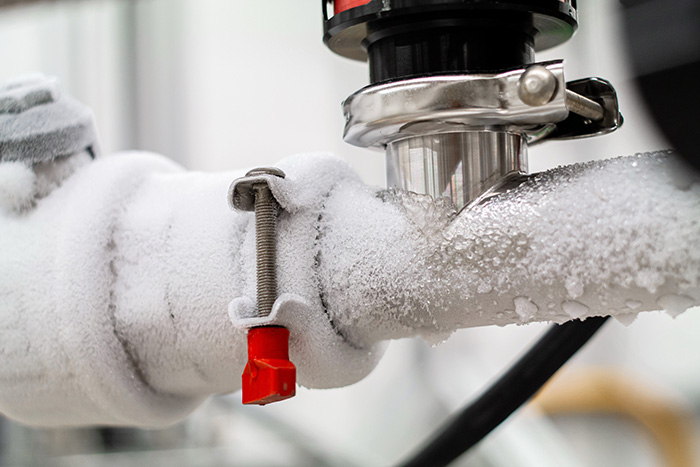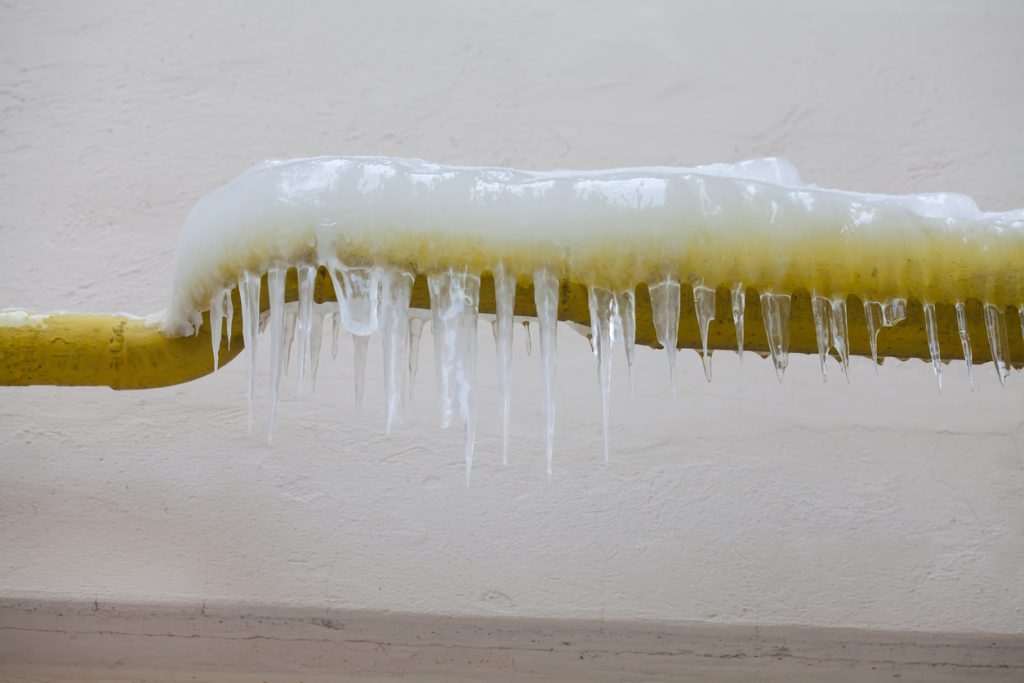Protecting Against Frozen Pipes in Cold Weather: Pro Tips
Protecting Against Frozen Pipes in Cold Weather: Pro Tips
Blog Article
Just how do you really feel on the subject of How to prepare your home plumbing for winter weather?

Cold weather can wreak havoc on your plumbing, especially by freezing pipes. Here's how to prevent it from taking place and what to do if it does.
Intro
As temperature levels drop, the threat of icy pipes increases, possibly resulting in pricey repair work and water damages. Comprehending how to avoid icy pipes is critical for property owners in chilly environments.
Understanding Frozen Pipes
What triggers pipelines to ice up?
Pipelines ice up when subjected to temperature levels listed below 32 ° F (0 ° C) for prolonged durations. As water inside the pipes freezes, it expands, putting pressure on the pipe wall surfaces and possibly creating them to break.
Threats and problems
Frozen pipes can lead to supply of water interruptions, property damages, and pricey fixings. Burst pipelines can flooding homes and cause considerable architectural damage.
Indicators of Frozen Piping
Determining frozen pipelines early can avoid them from rupturing.
How to identify icy pipes
Seek reduced water circulation from faucets, uncommon odors or sounds from pipes, and noticeable frost on subjected pipelines.
Prevention Tips
Shielding vulnerable pipelines
Wrap pipes in insulation sleeves or make use of heat tape to safeguard them from freezing temperatures. Focus on pipelines in unheated or external areas of the home.
Heating methods
Maintain indoor rooms sufficiently warmed, especially areas with plumbing. Open cupboard doors to allow warm air to distribute around pipelines under sinks.
Protecting Outdoor Plumbing
Garden hoses and outdoor taps
Separate and drain pipes garden hose pipes before winter season. Set up frost-proof spigots or cover outside faucets with shielded caps.
What to Do If Your Pipelines Freeze
Immediate activities to take
If you believe icy pipelines, maintain taps open up to relieve pressure as the ice melts. Use a hairdryer or towels taken in hot water to thaw pipelines gradually.
Long-Term Solutions
Architectural adjustments
Think about rerouting pipelines far from outside wall surfaces or unheated areas. Include added insulation to attics, cellars, and crawl spaces.
Updating insulation
Purchase top notch insulation for pipelines, attics, and walls. Appropriate insulation aids maintain consistent temperatures and lowers the danger of icy pipes.
Final thought
Avoiding frozen pipes needs positive measures and fast responses. By understanding the reasons, indicators, and preventive measures, property owners can secure their pipes throughout winter.
5 Ways to Prevent Frozen Pipes
Drain Outdoor Faucets and Disconnect Hoses
First, close the shut-off valve that controls the flow of water in the pipe to your outdoor faucet. Then, head outside to disconnect and drain your hose and open the outdoor faucet to allow the water to completely drain out of the line. Turn off the faucet when done. Finally, head back to the shut-off valve and drain the remaining water inside the pipe into a bucket or container. Additionally, if you have a home irrigation system, you should consider hiring an expert to clear the system of water each year.
Insulate Pipes
One of the best and most cost-effective methods for preventing frozen water pipes is to wrap your pipes with insulation. This is especially important for areas in your home that aren’t exposed to heat, such as an attic. We suggest using foam sleeves, which can typically be found at your local hardware store.
Keep Heat Running at 65
Your pipes are located inside your walls, and the temperature there is much colder than the rest of the house. To prevent your pipes from freezing, The Insurance Information Institute suggests that you keep your home heated to at least 65 degrees, even when traveling. You may want to invest in smart devices that can keep an eye on the temperature in your home while you’re away.
Leave Water Dripping
Moving water — even a small trickle — can prevent ice from forming inside your pipes. When freezing temps are imminent, start a drip of water from all faucets that serve exposed pipes. Leaving a few faucets running will also help relieve pressure inside the pipes and help prevent a rupture if the water inside freezes.
Open Cupboard Doors
Warm your kitchen and bathroom pipes by opening cupboards and vanities. You should also leave your interior doors ajar to help warm air circulate evenly throughout your home.

I was guided to that write-up about 6 Ways to Prevent Frozen Pipes through a friend on a different web address. Appreciated our review? Please share it. Help others locate it. Thanks for going through it.
This Post Report this page